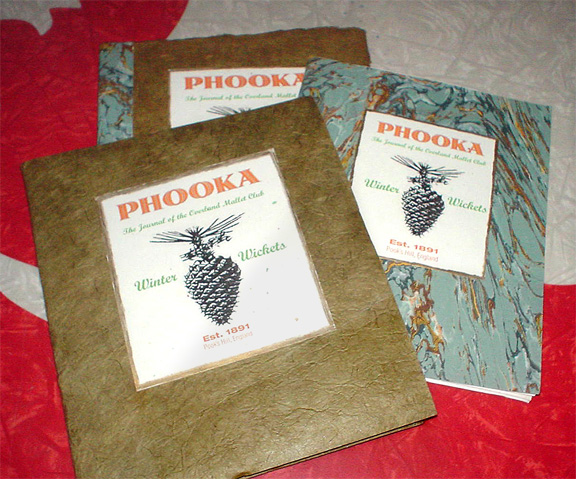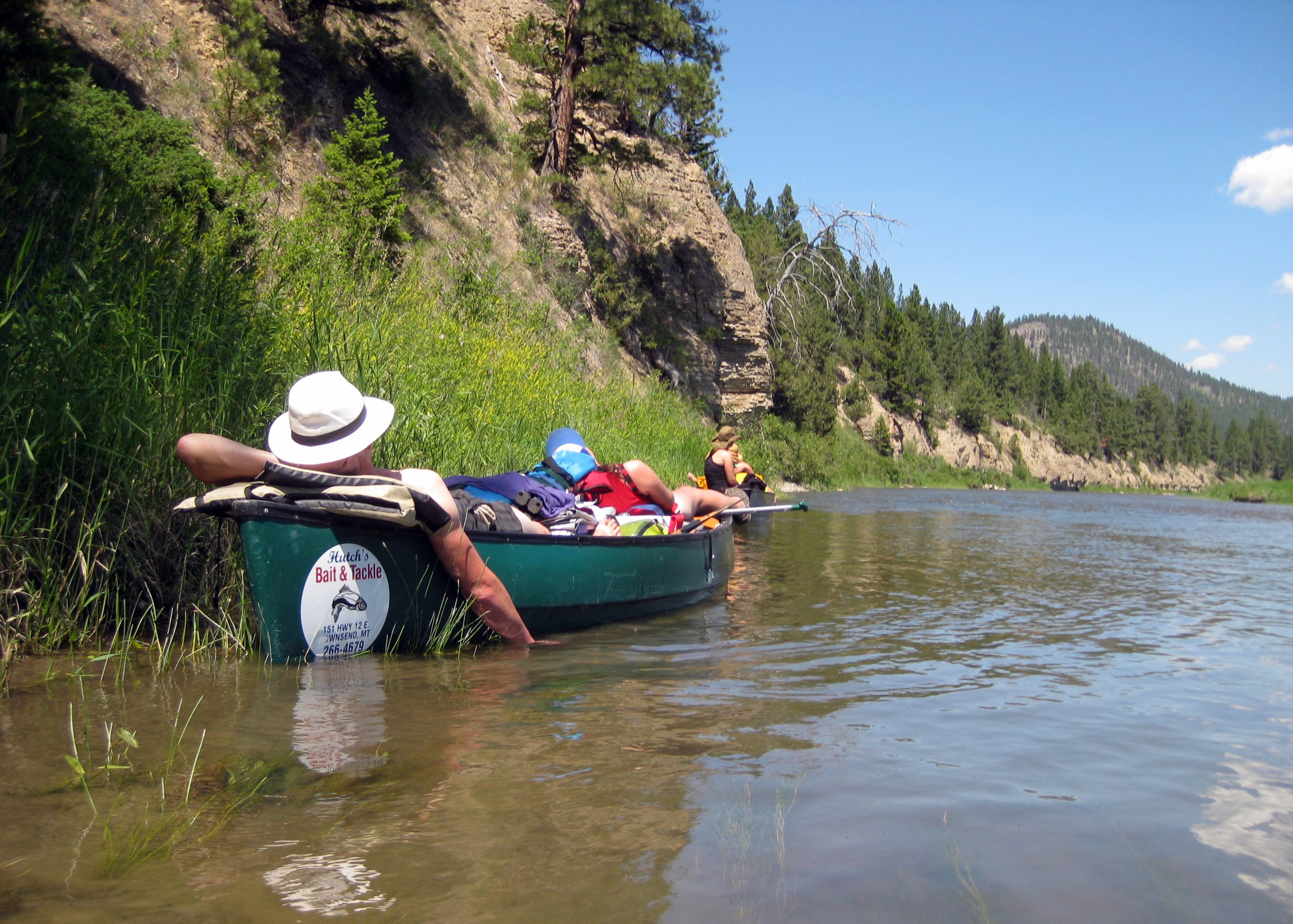There are quite a few books out there about trailers, cottages and treeforts. They’re all done from the millionaire/designer/architect/folly point of view. Ornate, big-budget, decorated.
I’d love to publish (or reprint, or resell — know of any?) books about REAL WORLD versions of all these things.
I want to show what actual people do with these amazingly versatile, diverse structures that are such big parts of MILLIONS of lives. …Not just a few millionaires, but millions of plainfolk.
Modular homes and prefabs are AFFORDABLE for plainfolk. But that doesn’t mean they can’t be creative with them. Or, even if they’re plain, that’s no impediment to the Good Life.
Plainness is a virtue, too, of course.
And even messy living can make for good living…and good photos. Martha Stewart isn’t the only person who knows how to decently occupy a space. “A place for everything and everything in its place” can mean different things to different folks. Many Americans do get carried away in this regard, though, but psychosis shouldn’t be ignored, and there are varying degrees. Stupidity needn’t be celebrated, but it comes in all gradations and from different directions. Living amid big-money like you’re a power-broker when it’s actually the power that’s brokering you isn’t always so smart, either. Living like you’re in a hotel or like your life is a picture — always keeping your image “just so” — is just as laughable as a hoarder’s clutter. It all depends on the person and what they’re doing with it. Good media can show us things worth looking at, worth thinking about, in a wide range of styles.
Travel trailers that have been around the block “just as they are” can be a feast for living. Sure, you can “do up” vintage trailers and restore them for $20K. But many make-do and GREATLY ENJOY what they’ve done for $1-2K instead. Set and setting are a HUGE part of the equation. I’d love to show off a few of the neat places that people have stashed their homely rigs.
Cottages are MOSTLY tarpaper, even today. Sure, such “camps” are fast disappearing as zoning and grandfathering nukes the basic concept of plainfolk accessibility to the backwoods, but they’re still out there! And they are in some ways superior to the huge 2nd homes on their acres surrounded by the no-trespassing signs of exclusive folk. Rich folk have their place, don’t get me wrong — it’s just that few can live as they do, so let them have their influence among their small circle. I want to make sure that the People themselves have role models out there for taking to the woods.
Tarpaper WORKS. Simple camps fulfill the needs of plainfolk and need to be celebrated JUST AS MUCH AS fancy camps. Meldew is a GOOD smell. Just air it out a bit after you arrive.
Shacks, shelters, and shanties fill the nooks and crannies of the world in a simple way — in the USA, too — but, yet again, the out-of-touch fancy versions fill the media dedicated to the subject.
Shipping containers are a hip new metal box that fancy folk are stacking and converting into elite follies, but ya know that plainfolk are out there doing their thing with them, too. You know that they’re getting nearly-free housing out of them with plenty of innovation with sawzall’s and “git-er-done” (“… and don’t forget to angle ’em just so, so I can take in that view.”)
This isn’t a class thing to me. It’s just that the current cultural situation has already made it into one, with the fancy versions of structures getting ALL the airtime in any cultural presentation. I’m going to do my best to simply bring back some balance.
Treeforts are yet another venue for real-world fabrication. Kids make ’em, teens make ’em, and grown-up’s make ’em. They all have stand-out examples among them. They all use salvaged material most of the time. (Salvage is a big part of all sorts of real-world fabrication — reduce, reuse, recycle, baby!) Forts are usually ephemeral things. Nowadays they’re often designed to also be able to shoot out of — for treestand hunting. Sure, sometimes they’re hardcore, but they’re hardly ever the super-fancy structures costing up to $250k as celebrated in Peter Nelson’s books.



